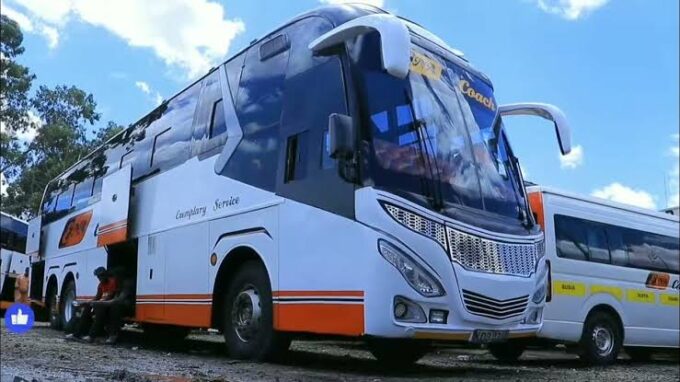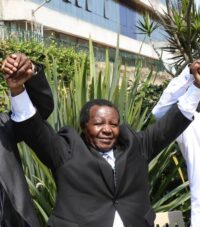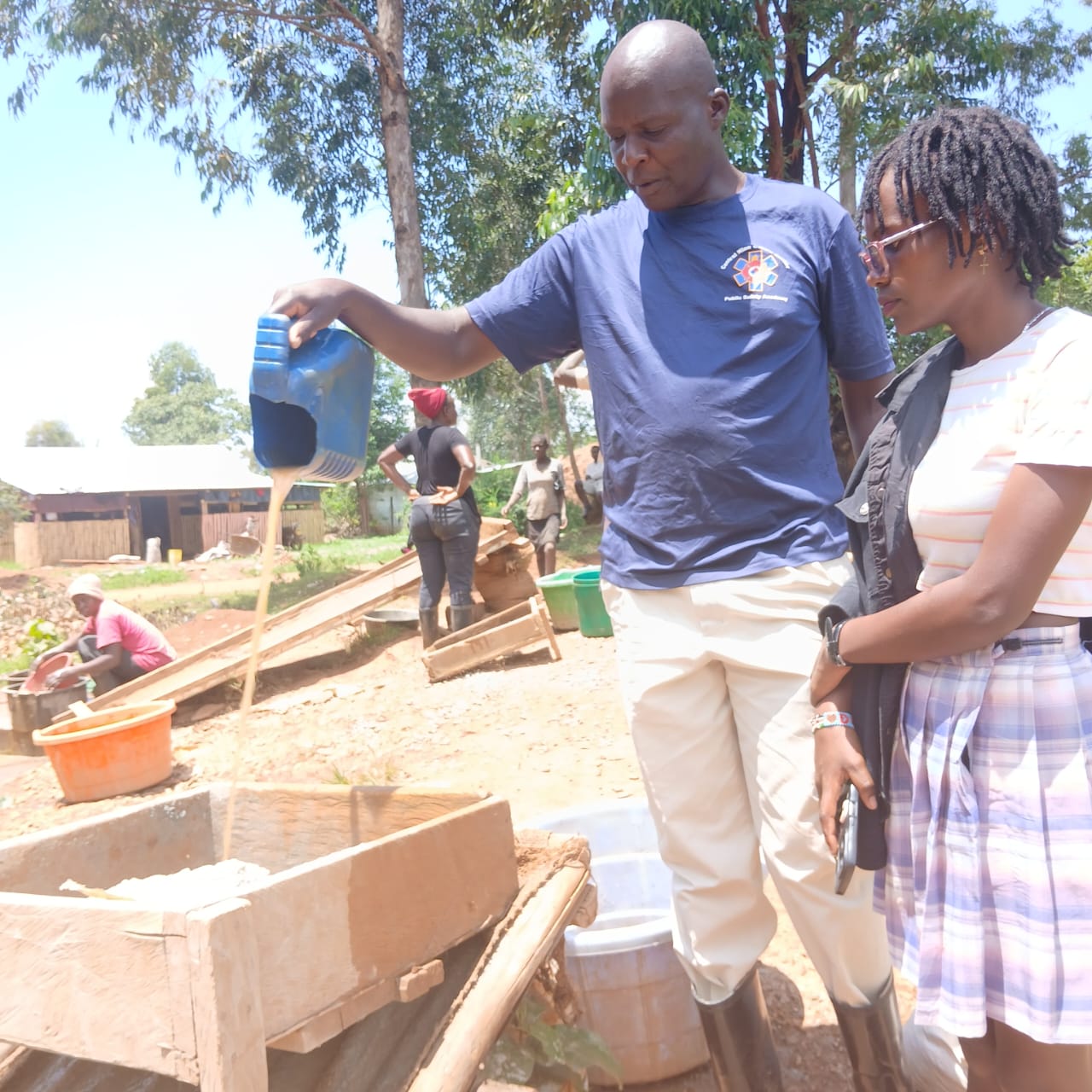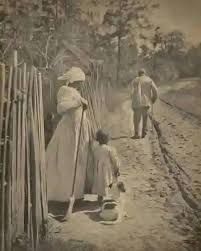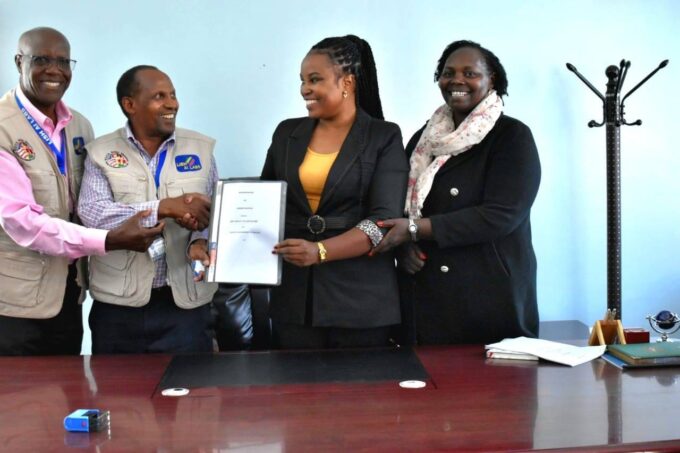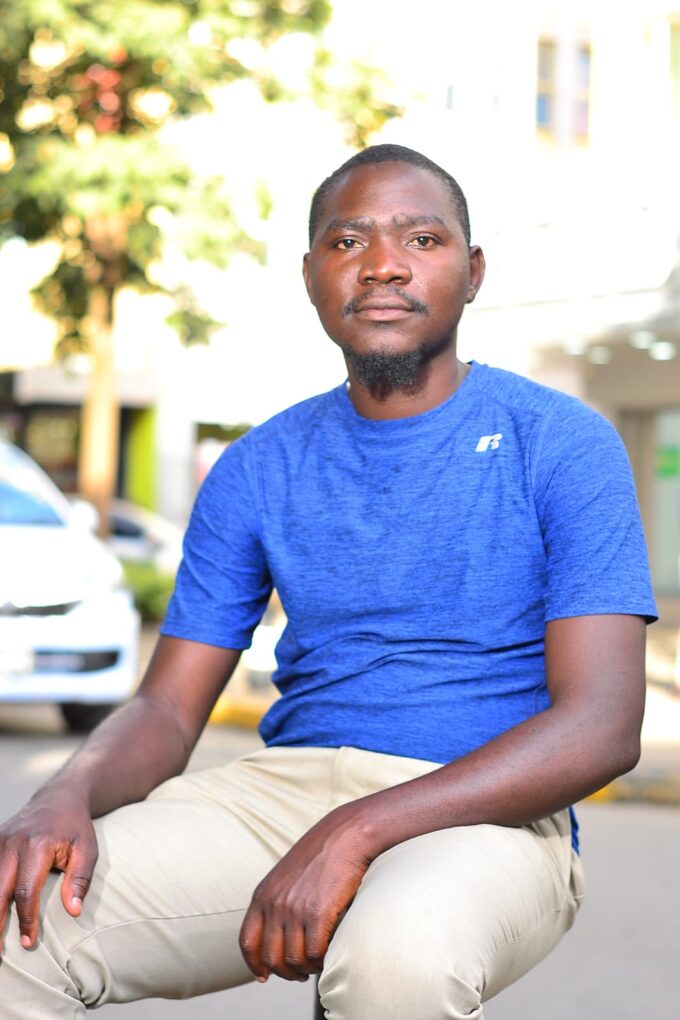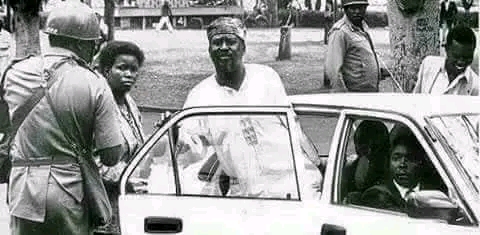Mr. Stephen Otieno, the manager at Nyal-Gunga Mining Site, demonstrating the mining processes and techniques employed for mineral extraction.
Deep in Kitere, within Migori County, lies the Nyal-Gunga Mining Site, where the pursuit of gold has become a way of life. Beneath the dusty earth and rocky terrain lies a hidden treasure that fuels the hopes and dreams of many in the community.
The miners here work tirelessly, day in and day out, to extract gold—an endeavor that has transformed lives despite the many challenges it presents. Visiting the site, Stephen Otieno, the manager an experienced miner, walks us through the intricate gold mining process.
The journey begins with the identification of the right site, with Stephen explaining what one is looking for in the mines.
“You have to know what you are looking for—soil and rocks that suggest gold deposits,” Stephen explains.
The miners rely on experience and sometimes a bit of luck to locate promising areas. Once identified, deep pits are dug, sometimes reaching depths of 30 meters.
“We can dig for weeks without seeing anything, but we keep going, hoping for even a small deposit of gold,” Stephen says, underscoring the patience required for the trade.
When they strike gold-bearing rock, the next step involves breaking it down. This is where explosives come into play. Stephen describes the process:
“We drill holes into the rock and insert the explosives. Once detonated, the rock breaks into smaller, more manageable pieces.”
It’s a dangerous phase, requiring careful handling. However, it is crucial for gaining access to the buried gold.
The broken rocks are then gathered and taken to a crushing site, where machines reduce them into smaller fragments. Stephen explains that the rocks are crushed repeatedly until they are ground into a fine powder.
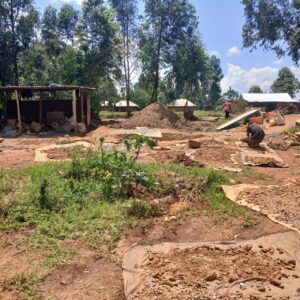
Miners at the Nyal-Gunga site in Kitere, Migori County, engaging in gold extraction activities.
“It’s a back-breaking task, especially for those of us without machines. But this is the only way to get the gold out,” he remarks.
The crushed powder is then mixed with water to create a slurry, which prepares it for the next stage.
Extracting gold from the slurry involves the use of white mercury, a practice that remains controversial.
“We mix mercury with the slurry because it binds with the gold particles, making it easier to extract the metal,” Stephen says .
While effective, mercury poses significant health risks, and many miners know the dangers but continue to use it because they lack safer alternatives.
“We know it’s harmful, but this is what we can afford,” Stephen admits.
The final step is separating the gold from the mercury amalgam. This is done by heating the mixture over an open flame, causing the mercury to evaporate, leaving behind pure gold.
“It’s a delicate process. If you don’t handle it well, you could harm yourself by inhaling the fumes,”Stephen explains.
The pure gold is then ready to be sold to traders, who either visit the site or meet the miners at local markets.
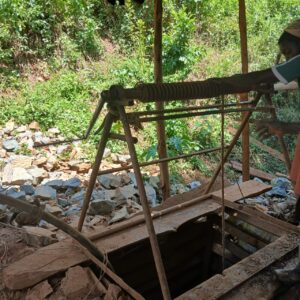
A pit dug at the Nyal-Gunga site where miners extract gold, showcasing the challenging and labour-intensive nature of the mining process.
Beyond the process of extraction, gold mining has had a profound impact on the lives of the people in the area. Speaking with Mary Owino, a resident of Kitere, she shares how the mining activities have improved her family’s livelihood.
“With the money we earn from the mining, we can pay school fees for our children and meet our daily needs,” she says proudly.
Mary emphasizes that without the income from mining, many families in the community would struggle to survive.
“It has given us a way to provide for our families, even if the work is tough.”
Despite the benefits, the mining process is not without risks. John Omondi, another miner, describes the dangers involved in the work.
“Sometimes the walls of the quarry collapse, especially during the rainy season. It’s a risky business, and some people have lost their lives,” he says.
Yet, for many miners like John, the rewards outweigh the risks.
“This is what we do to earn a living. We know the dangers, but we have no other way to provide for our families.”
The miners of Nyal-Gunga understand the importance of their work, not just for themselves but for the entire community. Their efforts support local businesses, ensure children stay in school, and provide food for families. Although the process is labor-intensive and hazardous, it offers a path to survival and hope for a better future.
At Nyal-Gunga, gold is more than just a metal; it represents opportunity and resilience. The mining activities, despite the risks, continue to shape the lives of the people in Kitere, giving them a lifeline in an otherwise harsh environment. Leaving the site, one could see the determination on the faces of the miners—men and women alike—who toil each day with the hope that their next dig will unearth the gold that will change their lives.




